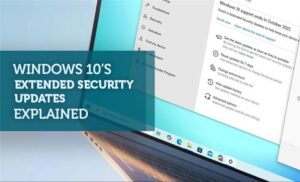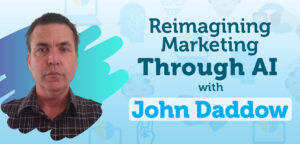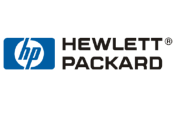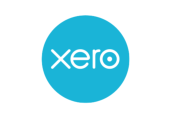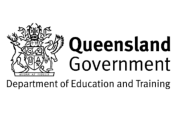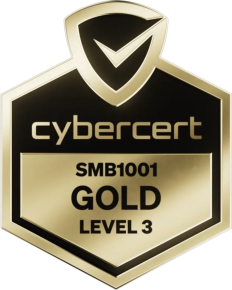A sound plan and streamlined procedures are imperative to tracking and managing all of your IT-related assets.
Best Asset Lifecycle Management Practices for IT-Related Assets
Information Technology Asset Management (ITAM) stands as a cornerstone for businesses aiming to harness the power of technology more effectively. Essentially, ITAM is a predetermined set of practices that a company employs, not just for the sake of managing its technological asset base but also to support strategic decision-making.
It plays a pivotal role in refining the spending within the existing IT infrastructure, ensuring that businesses get the most value out of their asset investments.
From the point an asset is acquired to when it’s eventually retired or replaced, each phase of the asset lifecycle management is meticulously managed to maximise its utility and value. Properly executed asset lifecycle management can help a business:
- Reduce additional maintenance costs: With ITAM’s systematic approach, companies can spot potential issues early, leading to better maintenance and reduced expenses.
- Enhance efficiency: With the right tools and practices, ITAM can streamline processes, helping the company optimise the use of its technology assets.
- Diminish security risks: A more organised asset lifecycle management system invariably results in fewer vulnerabilities. Knowing what’s in your data ecosystem, how it works, and the impact of each product or software is crucial for risk management.
- Prepare for audits: With everything catalogued and tracked, ITAM makes the audit process smoother and less daunting, ensuring you’re always ready to start an evaluation without scrambling to gather information.
- Maintain ideal inventory levels: By keeping a finger on the pulse of what technology assets are at home within the company, businesses can avoid unnecessary purchases or duplications.
Furthermore, ITAM seamlessly integrates with other Information Technology Infrastructure Library (ITIL) processes, enhancing their efficiency manifold. With the insights drawn from ITAM, businesses can carve out perfect budgets, make informed purchase decisions, and create a sustainable technology ecosystem.
Given the increasing complexity of IT environments, the need for a robust asset lifecycle management solution has never been more pronounced. With a comprehensive ITAM strategy, businesses can not only respond to technological challenges but also anticipate them.
Whether it’s ensuring privacy compliance, addressing a potential risk, or simply reaching out to a contact for technical support, asset lifecycle management ensures that everything is in place for a smooth, efficient, and secure technological journey. Here are some ways to improve your asset management lifecycle plan.
Ready to optimize your assets for maximum efficiency? Let us help you!
1. Identify Complete Inventory
Businesses tend to have a lot of inventory. Some of them are IT resources, and others are not. So the starting point has to be discovering all your business IT assets. They could be in the office, on the floor or lying as spare inventory.
Once you have the complete IT inventory, you will see what you actually have. It is then compared with the stored data to know what is missing. Asset discovery is a typical process because some are intangible, such as software assets and cloud assets, yet they constitute a part of your IT network. To make work easy, break down the assets into different categories and manage them throughout their lifecycle.
- Mobile Devices
- Hardware (user workstation) and Software (programs and applications)
- Network Infrastructure (servers)
- Communication infrastructure (routers)
- Cloud assets
2. Prioritising Assets
All asset types are important, but their degree of importance varies. When you are just starting with an asset management lifecycle program, it is best to begin with those that are most valuable to the business and then move down the ladder.
Determine which asset is critical to your company. It may not necessarily be a device but could be a software program. Don’t overlook any asset based on its tangibility and size.
Do you need help with IT asset lifecycle management and support? Let us help you!
3. Licence Management

License management helps in getting rid of all old and obsolete licenses, ensuring that what remains is what really matters to each asset. It reduces paperwork and increases compliance.
A complete and true inventory of licenses held by a company will help by sending alerts when an asset’s renewal becomes due so that there are no lapses. Not being compliant in this context will lead to heavy penalties, especially if an asset is found to be unlicensed.
4. Tag and Barcode
New technology has made tracking each asset easy. Use it to reduce physical work. Giving codes to every asset and checking them physically every time is a waste of effort.
Instead, tagging and barcoding can be used and linked to either GPS or another similar program, which will send regular signals to monitor the health and location of the asset. This way, nobody has to go back and forth to check it. If the location of an asset changes, an alert will be sent by the network to the concerned person.
This is what happens in a clothing store. All clothes are tagged. These tags are removed only when the item is purchased. If anybody tries to take any piece of clothing with the tag still attached, an alarm sounds. Similarly, tags and barcodes will work for each IT asset, ensuring efficient tracking and management.
Do you want to learn more about asset lifecycle management? Book a free 60-minute consultation with a dork.
5. Continuous Tracking
Tracking is not a one-time activity to be performed on a fixed date every year. Instead, it is something that has to happen continuously and more frequently.
Continuous tracking eliminates waste, reduces downtime, brings down incidents of theft, and keeps the asset well-maintained. As a business owner, you need to set up a consistent reporting process that ensures each asset is always tracked and maintained efficiently. This ongoing attention helps extend the lifespan of every asset in your inventory.
6. Automate and Outsource
Automation that’s done correctly makes work error-free. In order to have an efficient asset management lifecycle, automate all that can be automated. The entire process does not have to be automated, but those tasks that are repetitive should be, especially when managing an asset.
Reporting, patching, and application deployment related to asset management can be automated using electronic ITAM platforms. This will save a lot of your employees’ time and streamline asset tracking.
If you are short on manpower, you can also outsource the entire asset management process. It will reduce the burden of work on your employees, and they can be used elsewhere when there is demand.
To ensure complete compliance and increase cost-effectiveness, you can automate as well as outsource the asset management process.
7. Determine Metrics
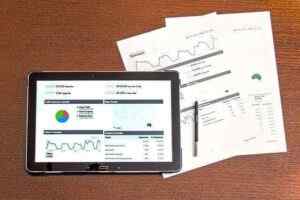
Asset lifecycle management helps gather data that can be compared against the set standards to gauge performance.
The key is to identify those metrics that really matter. These may include network configuration, licensing, financial data, metrics linked to business objectives, and user information. These key metrics will also give a fair idea of the asset depreciation rate, average fines paid, compliance failures, the average cost of asset maintenance, and overall asset performance.
Do you need help with IT management? Check out the 10-Step Checklist or schedule a free discovery session.
8. Change Implementation
Technology changes frequently. When that happens, all that is linked to it, including each asset, must either be upgraded or modified. Adaptation is the key to survival in business.
Continuously updating your asset database will always be to your advantage. Being able to respond to change as quickly as possible will ensure your asset management stays efficient and effective.
The Final Word
Doing ITAM just because it is a requirement of business is not the right approach. First and foremost, understand its importance and identify the ways in which it can assist your asset management. Use a tool that helps meet all your asset data gathering and reporting requirements.
There is no scarcity of ITSM tools, so evaluate each one carefully before choosing the best fit for your asset tracking needs. Do not fill your reports with unnecessary asset details. When reporting, remember that less is more, and focus on the key asset information that truly impacts your business.
In the end, managing each asset step by step is important, but what’s more important is knowing how each step supports the other in the bigger asset management picture. The final thing to remember is why you are doing ITAM. You are doing it to mitigate risks, ensure each asset is secure, and build long-term business value through efficient asset lifecycle management.




